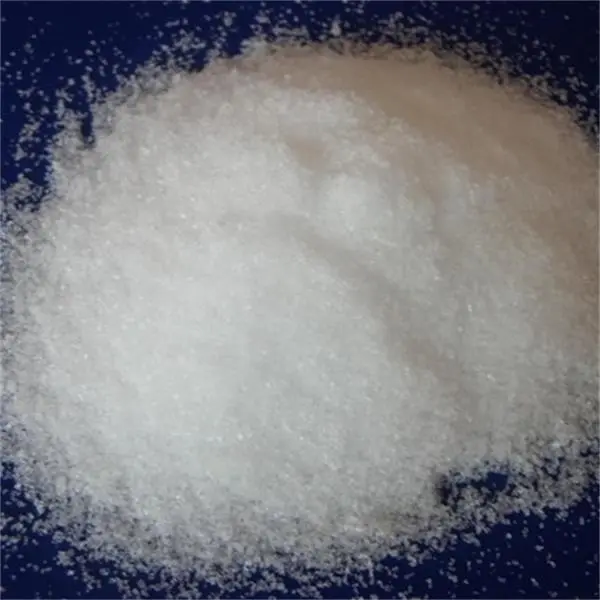Introduce
Welcome to the world of industrial chemical production, where industries come together to create versatile and essential substances. In this blog post, we will delve into the fascinating area of monoammonium phosphate (MAP) manufacturing, focusing specifically on the importance and process of producing MAP12-61-00. Known for its versatility and wide range of applications, MAP12-61-00 has become an indispensable compound in multiple fields.
Learn about monoammonium phosphate (MAP)
Monoammonium phosphate (MAP) is a valuable compound synthesized by reacting phosphoric acid with ammonia. MAP is popular worldwide due to its ability to absorb water, provide essential nutrients to plants, extinguish fire and act as a buffer. Over time, industrial MAP production evolved, culminating in MAP12-61-00, a standardized formula that improves consistency and effectiveness.
Monoammonium phosphate plant
The monoammonium phosphate plant is the backbone of monoammonium phosphate production. Equipped with state-of-the-art technology and adhering to strict quality control measures, these facilities play a vital role in the efficient and sustainable manufacturing of MAP 12-61-00. The plant setup consists of various units including reaction vessels, evaporation chambers, chemical separation units and packaging facilities.
Industrial monoammonium phosphate (MAP) production process
The industrial production of MAP 12-61-00 involves a series of chemical reactions and strict quality checks. The process begins with the controlled reaction of phosphoric acid (H3PO4) with anhydrous ammonia (NH3). This step forms MAP as a solid compound. To ensure the highest quality, the plant carefully monitors variables such as reaction time, temperature and reaction vessel pressure.
The next step involves the crystallization of MAP, which occurs in the evaporation chamber. During the crystallization process, impurities are removed to obtain the desired MAP compound. The resulting mixture is then dried to remove any residual moisture and ensure optimal physical and chemical properties of the compound.
Quality Assurance and Packaging
As the final stage, quality assurance (QA) is crucial. The Monoammonium Phosphate factory has a dedicated QA team to test MAP12-61-00 samples for various parameters such as purity, solubility, pH value, nutritional content and chemical stability. Once the compound passes all quality checks, it is ready for packaging. The facility uses specialized packaging techniques and materials to maintain the integrity and quality of MAP12-61-00 during transportation and storage, thereby extending its shelf life.
Application of MAP12-61-00
MAP12-61-00 has a wide range of applications in many fields. In agriculture, it is an important fertilizer, providing essential nutrients to crops and promoting healthy growth. The compound’s high phosphorus content aids in root development, fruit formation and overall plant vitality. Additionally, MAP12-61-00 is widely used in fire extinguishers due to its ability to disrupt the chemical reactions of flames, depriving them of oxygen and rendering them ineffective.
Additionally, MAP12-61-00 is used as an additive in the food industry, acting as a buffer to control acidity levels in food and beverage products. It also plays a vital role in water treatment processes as its phosphorus content helps reduce the presence of harmful metals and impurities in water bodies.
In conclusion
Industrial monoammonium phosphate production, specifically MAP12-61-00, has proven its versatility and importance in multiple industries. The monoammonium phosphate factory’s precise manufacturing process and strict quality control measures ensure consistently high quality products. As the demand for effective fertilizers, fire extinguishers and water treatment solutions continues to rise, the importance of MAP12-61-00 in these areas will undoubtedly remain unparalleled.
Post time: Nov-11-2023

